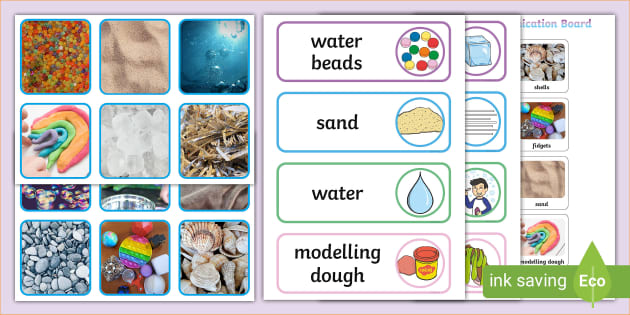
Sensory Play Adventures: Engaging Exploration Games
Sensory exploration is a fundamental aspect of early childhood development. In this article, we delve into the world of sensorial exploration games, exploring their significance and providing insights into incorporating these activities into a child’s learning journey.
The Importance of Sensory Play
Sensory play is crucial for a child’s cognitive, emotional, and physical development. Engaging the senses through play enhances neural connections, promotes fine and gross motor skills, and lays the foundation for more complex learning later on. Sensory play also supports language development and fosters creativity as children explore the world around them.
Tactile Sensations: Texture Exploration Games
One of the key aspects of sensorial exploration is tactile sensation. Texture exploration games involve activities like playing with various textured materials such as sand, water beads, or fabric. These activities stimulate the sense of touch, helping children develop a vocabulary for describing textures and fostering sensory discrimination.
Visual Stimulation: Color Sorting Games
Color sorting games contribute to visual stimulation and cognitive development. Using items like colored blocks or objects, children engage in sorting activities based on color. This not only enhances color recognition but also sharpens visual discrimination skills. The vibrant and varied colors create a visually stimulating environment.
Auditory Awareness: Sound Matching Games
Sensory exploration goes beyond touch and sight; it includes auditory awareness as well. Sound matching games involve identifying and matching sounds, fostering auditory discrimination. Activities like listening to musical instruments or environmental sounds provide a multisensory experience, enhancing the child’s ability to differentiate between sounds.
Olfactory Adventures: Scented Sensory Games
Exploring scents through sensory games adds another dimension to the experience. Scented playdough, scented markers, or smelling jars with different scents engage the sense of smell. These activities not only introduce children to various scents but also create a multisensory connection, enhancing memory and cognitive skills.
Gustatory Exploration: Taste-Safe Sensory Activities
For young children, taste-safe sensory activities are a safe way to explore the sense of taste. Edible sensory materials like flavored gelatin, fruits, or simple cooking activities allow children to experience different tastes while engaging other senses. These activities contribute to oral-motor development and promote positive associations with food.
Proprioceptive Play: Body Awareness Games
Incorporating proprioceptive activities into sensorial play enhances body awareness. Activities like jumping, crawling through tunnels, or engaging in body movements provide deep pressure input, contributing to a child’s spatial and body awareness. These activities are particularly beneficial for children who seek sensory input for self-regulation.
Vestibular Stimulation: Movement Exploration Games
Sensory play involving movement is essential for vestibular stimulation. Activities like swinging, spinning, or rocking provide input to the vestibular system, contributing to balance and coordination. These movement exploration games not only support physical development but also help children understand their body’s movements in space.
Cross-Modal Activities: Integrating Multiple Senses
Cross-modal sensory activities integrate multiple senses simultaneously. For example, playing with textured materials while listening to calming music creates a cross-modal experience. These activities enhance sensory integration, encouraging the brain to process information from various senses, promoting overall cognitive development.
Incorporating Sensorial Exploration Games at www.igaseng.com
For a wealth of ideas and resources on sensorial exploration games, visit www.igaseng.com. This platform offers guidance for parents, caregivers, and educators looking to incorporate engaging sensorial activities into a child’s daily routine. Explore the diverse world of sensorial play and discover the profound impact it has on early childhood development.
In conclusion, sensorial exploration games play a pivotal role in fostering holistic development in early childhood. By engaging multiple senses through play, children not only enhance their sensory processing skills but also lay the groundwork for more advanced cognitive and physical abilities. The joyous world of sensorial play is a gateway to discovering and understanding the rich tapestry of the sensory experience.


